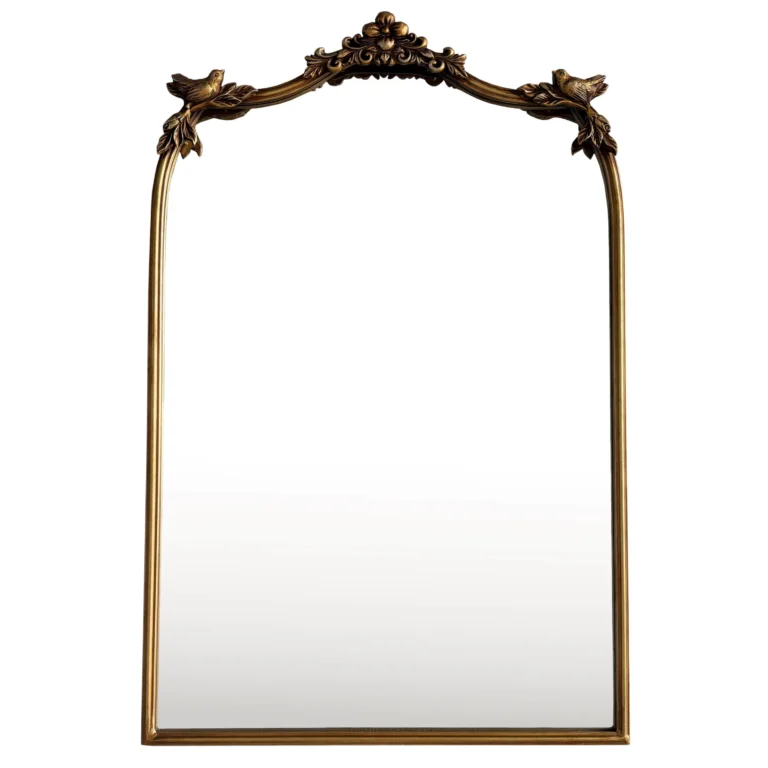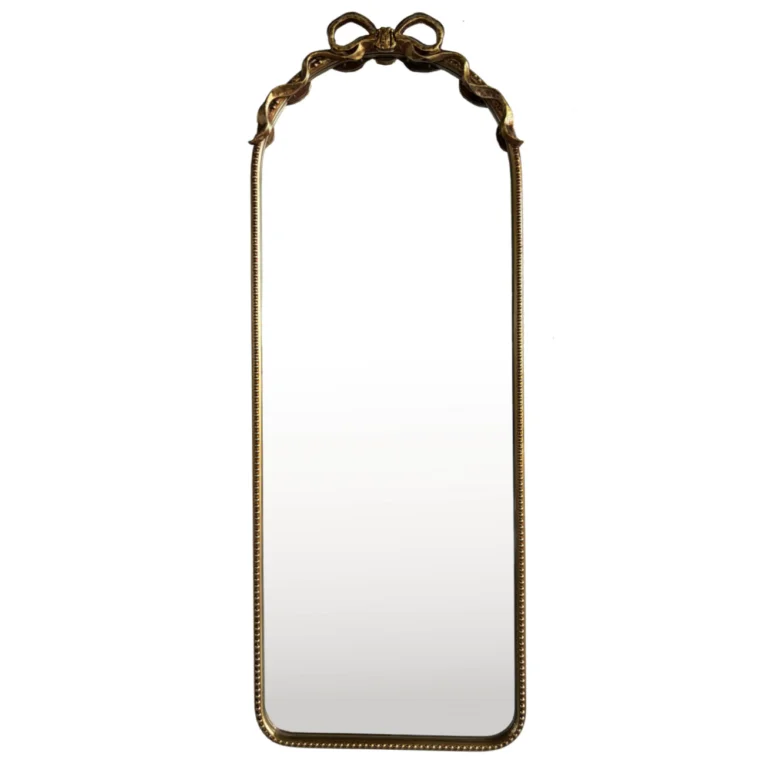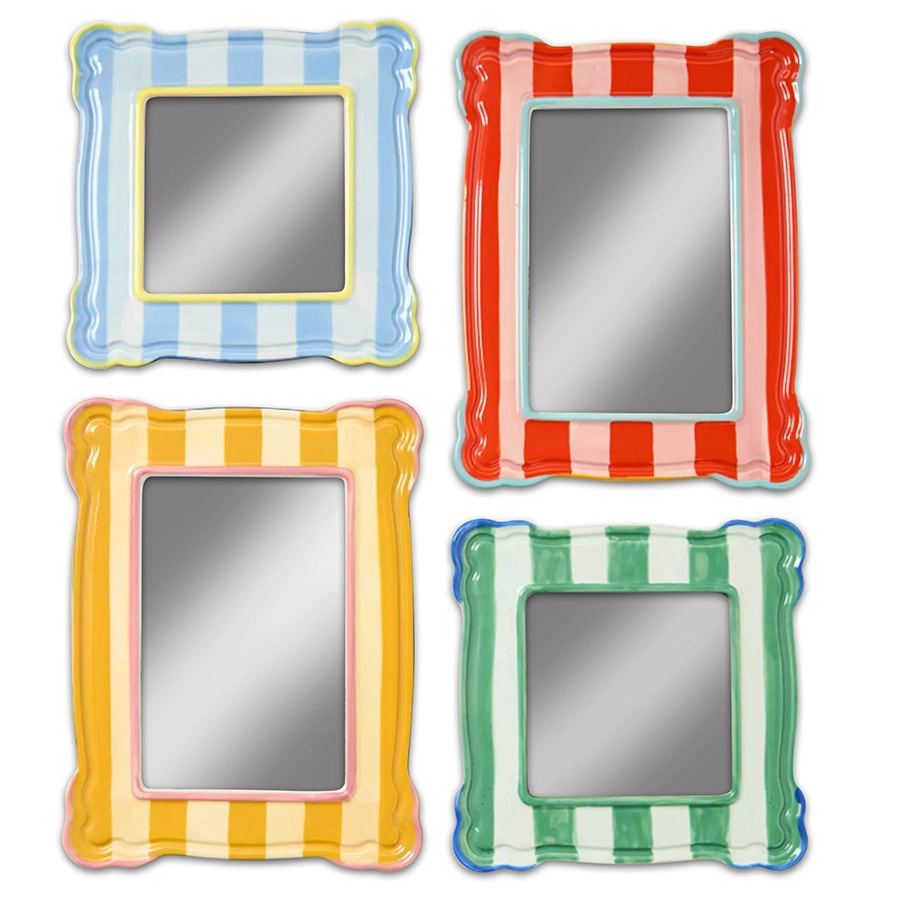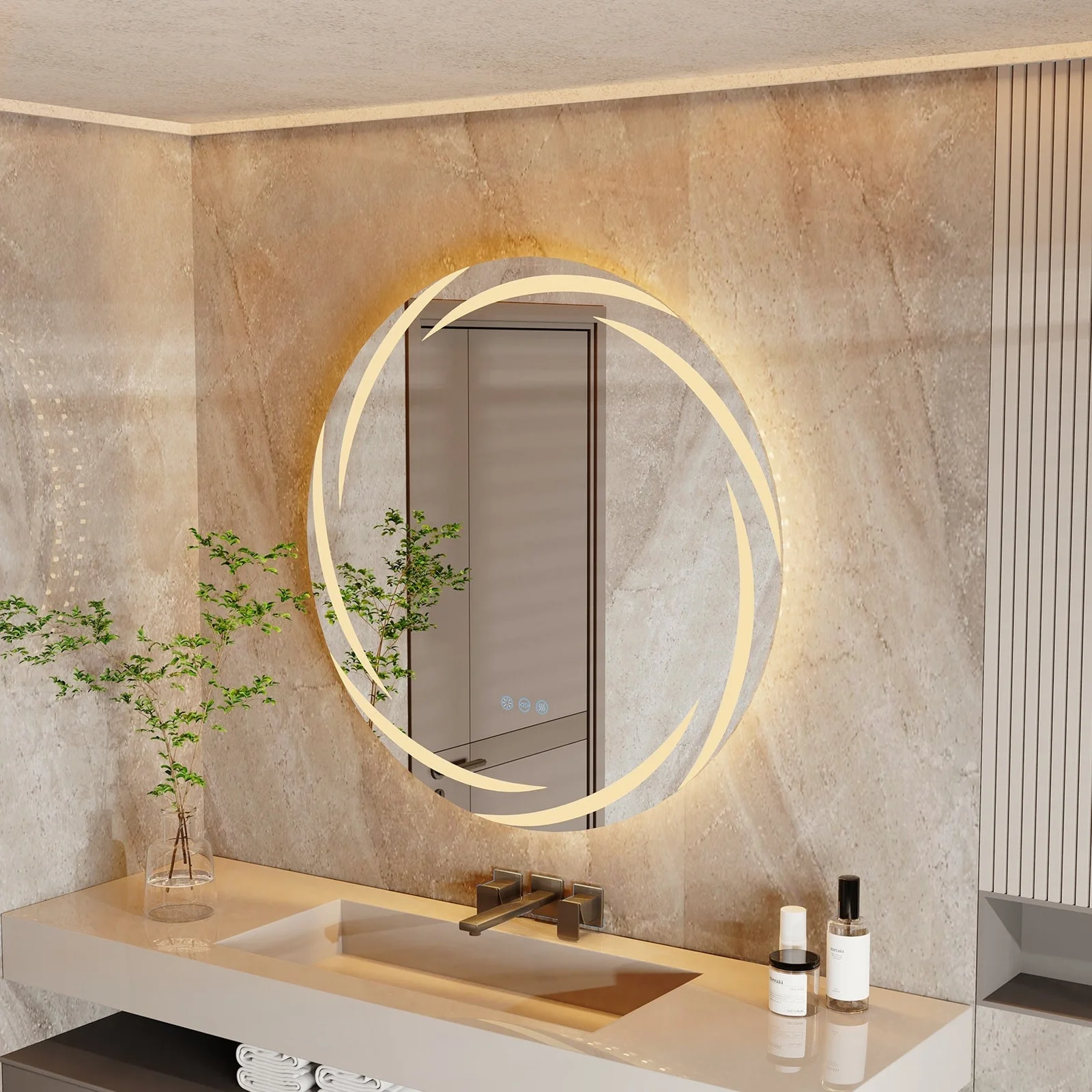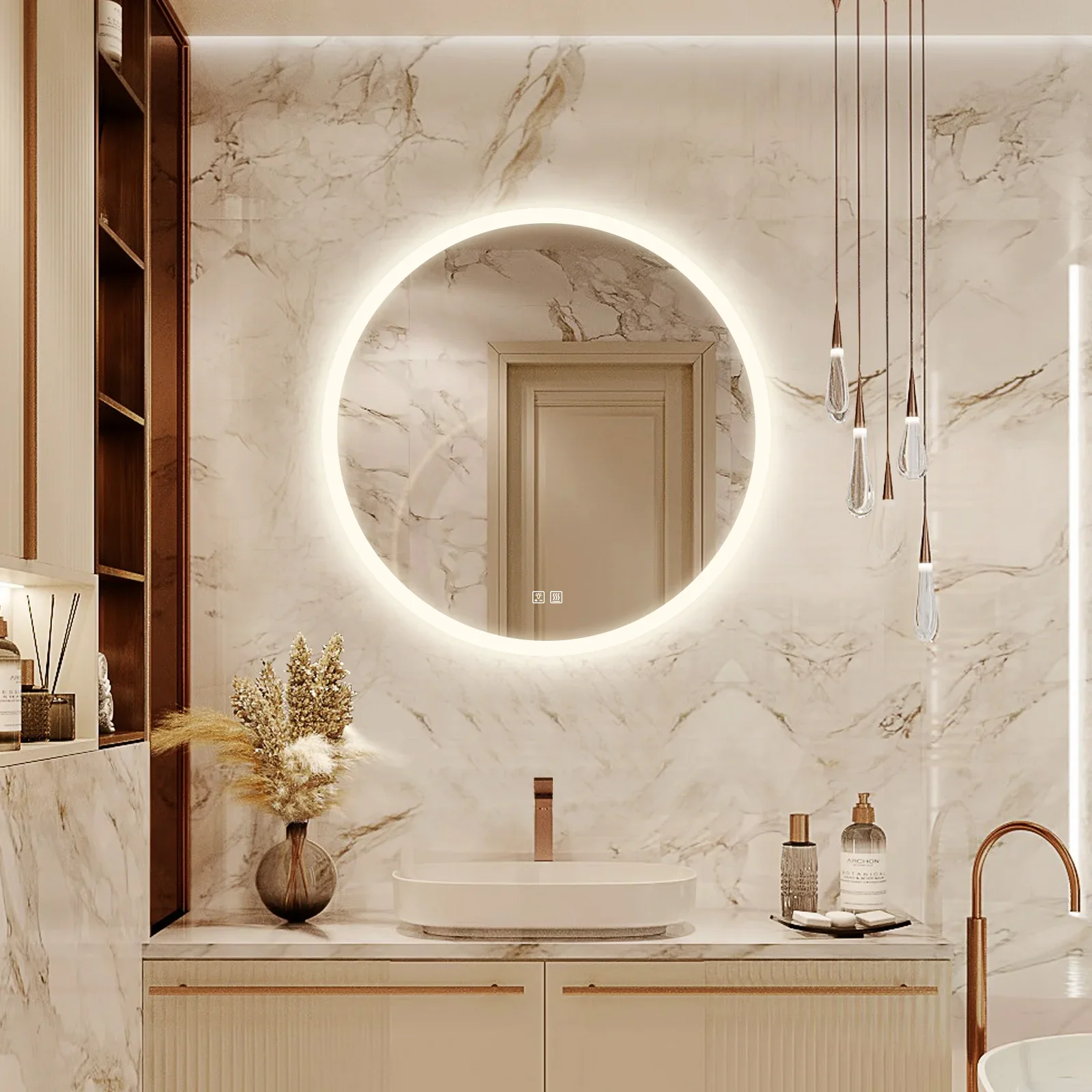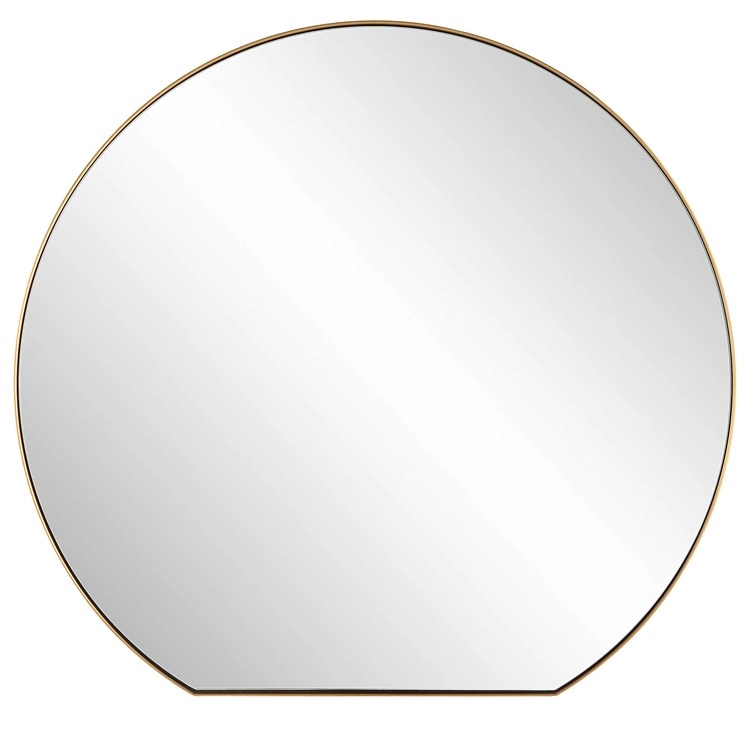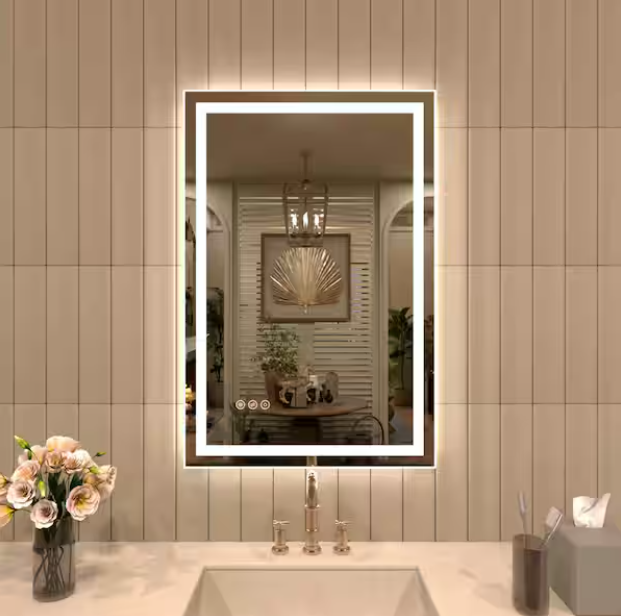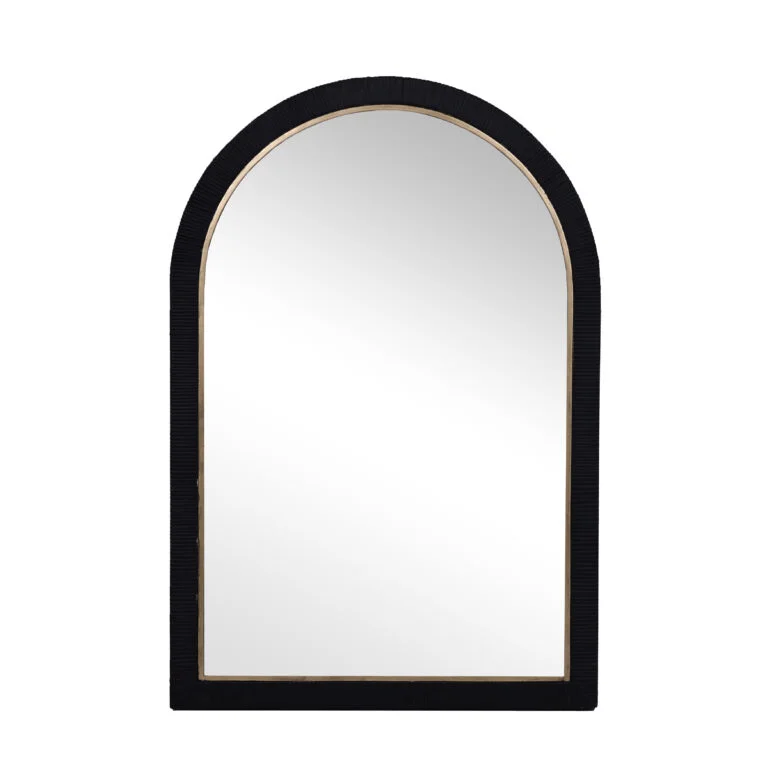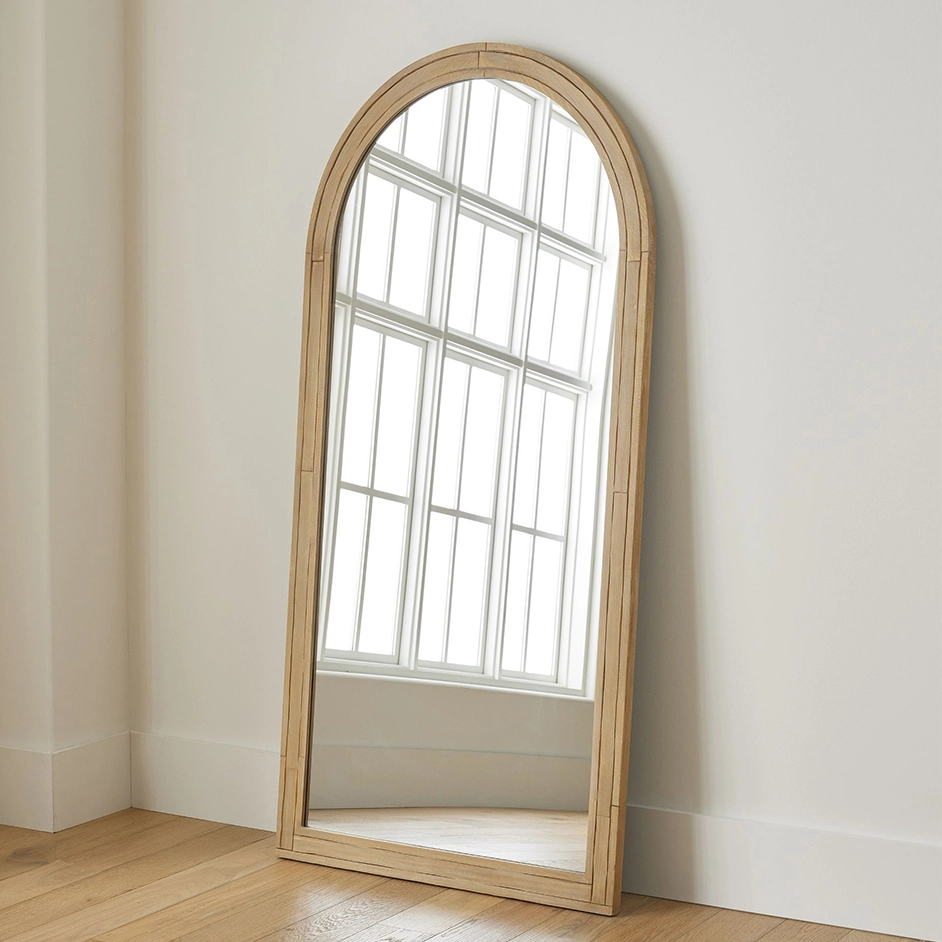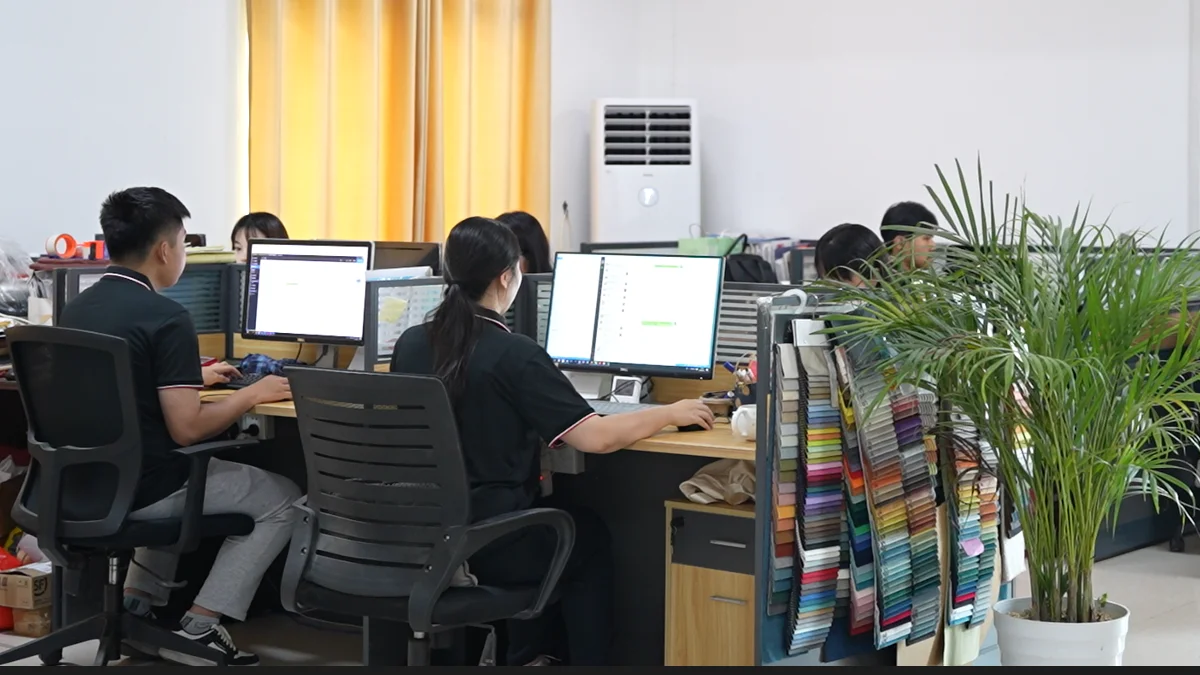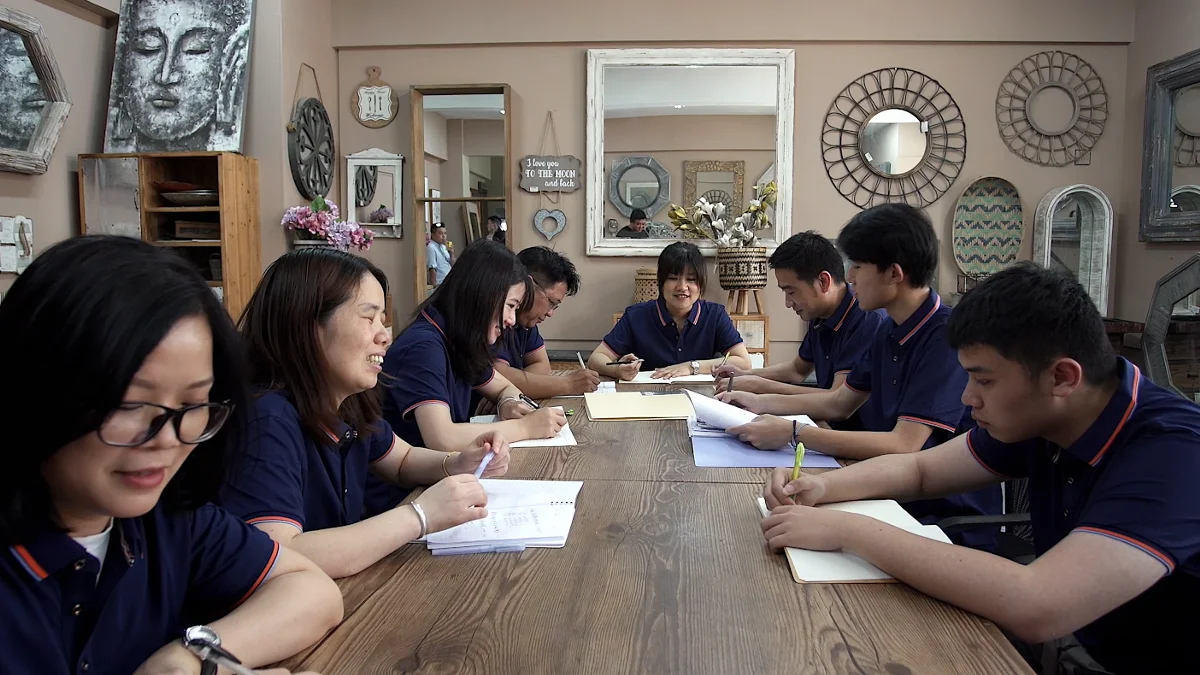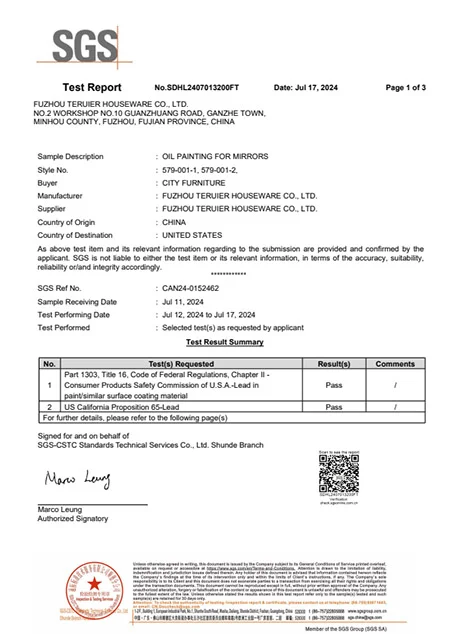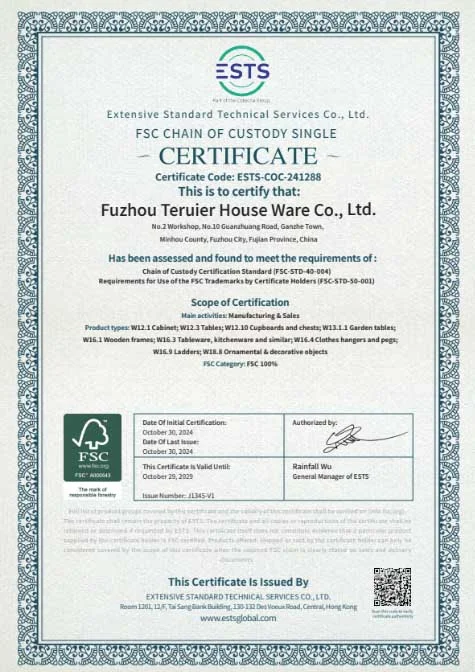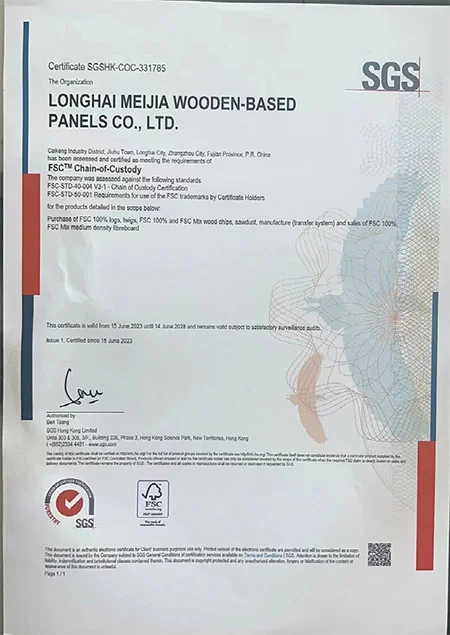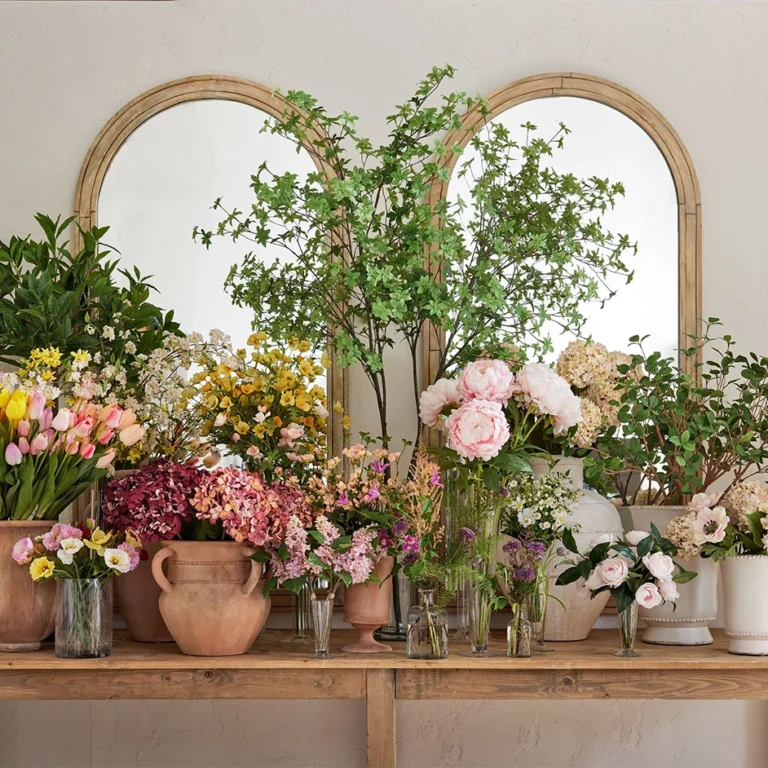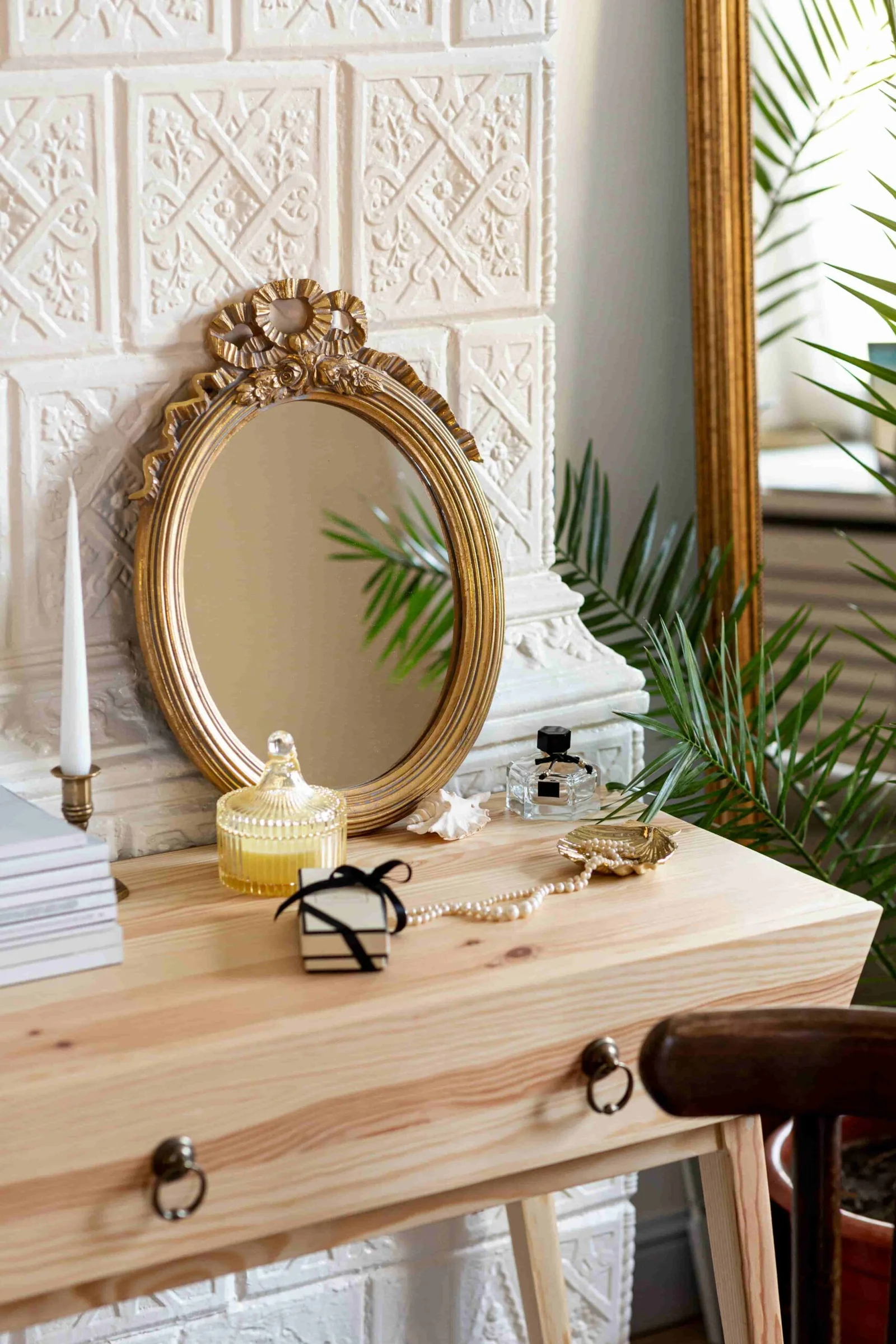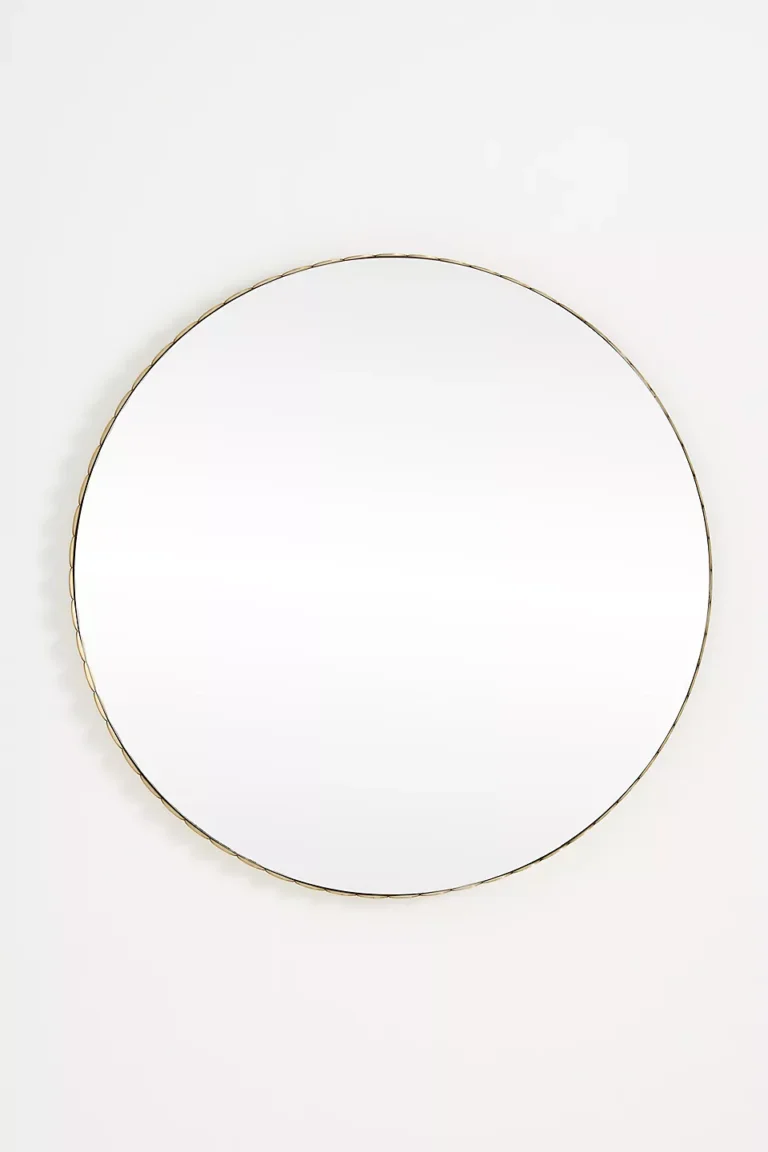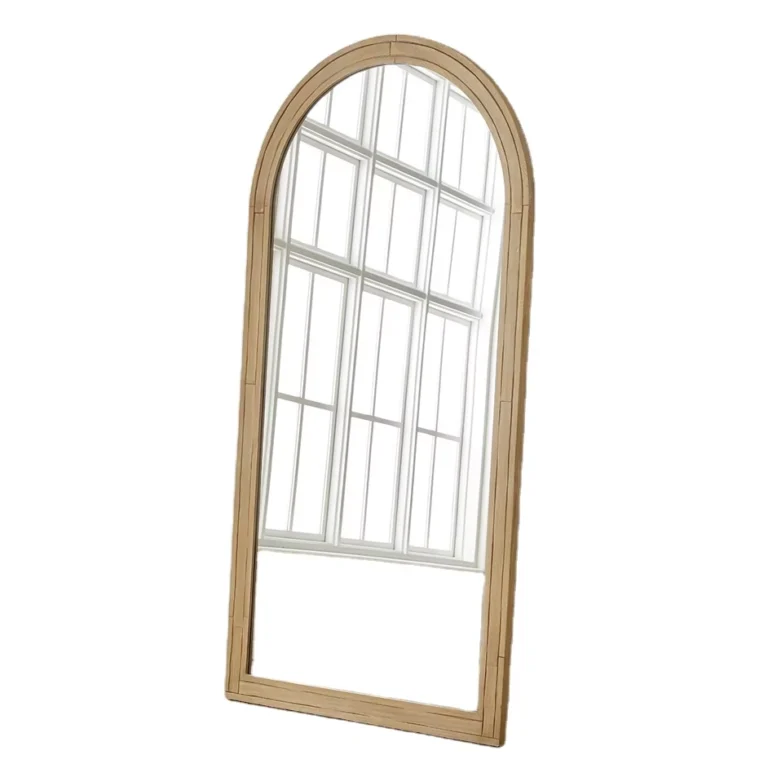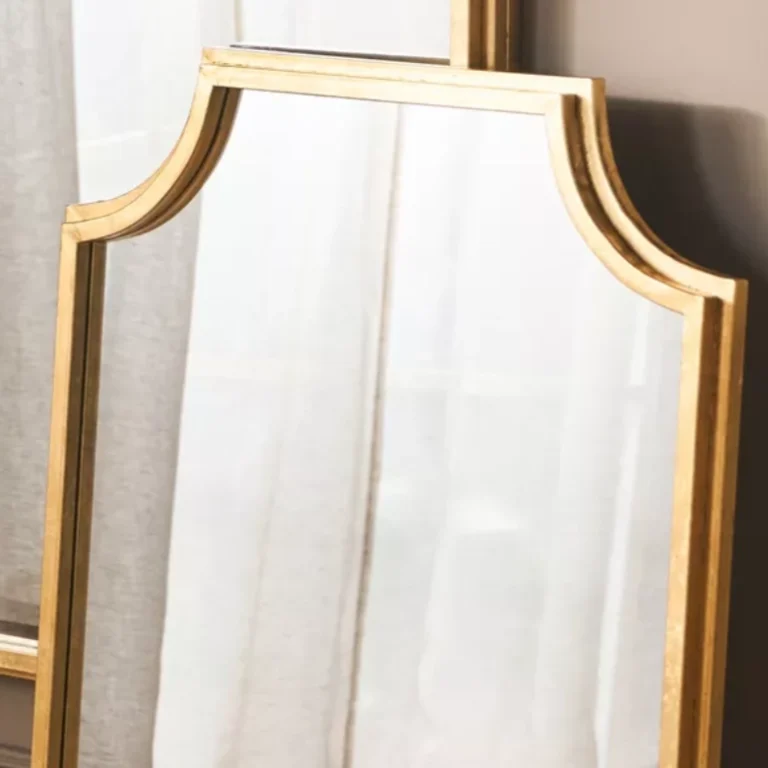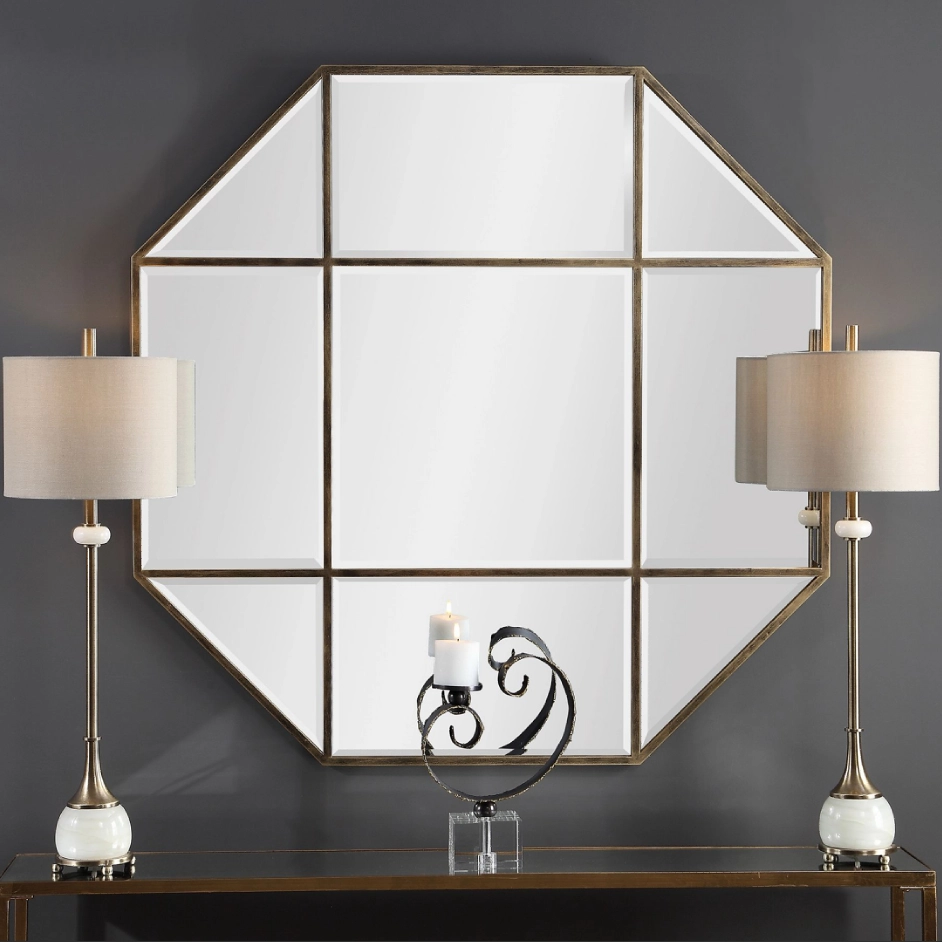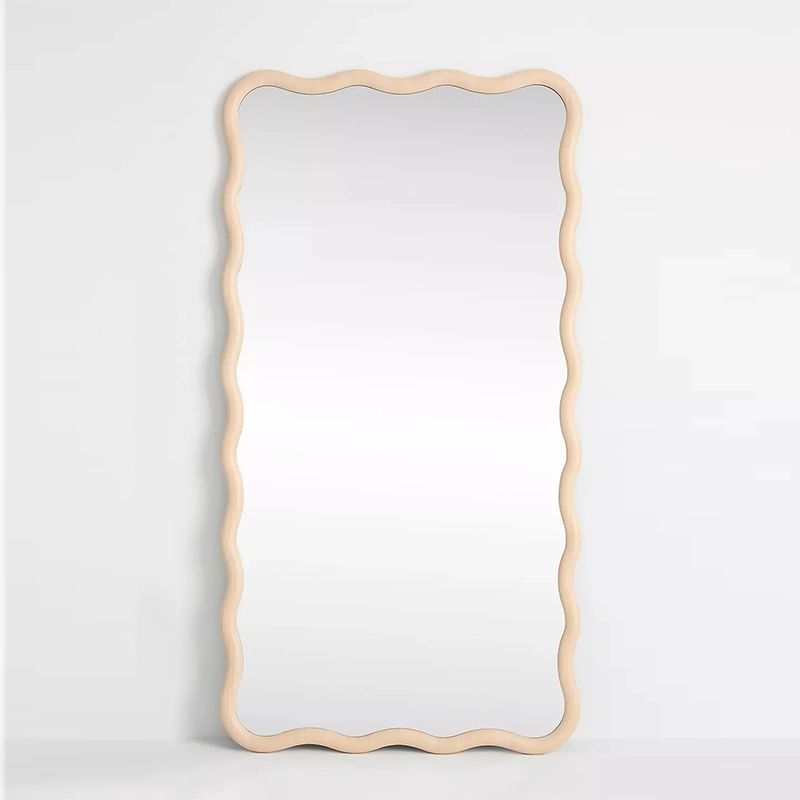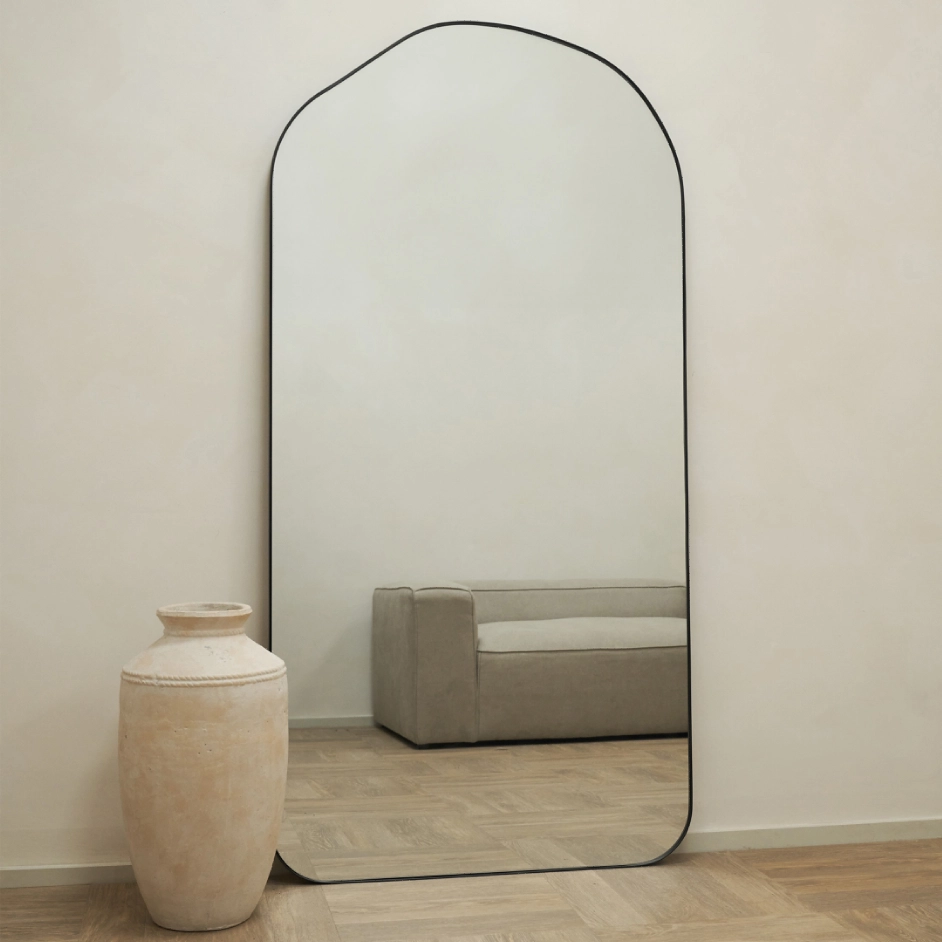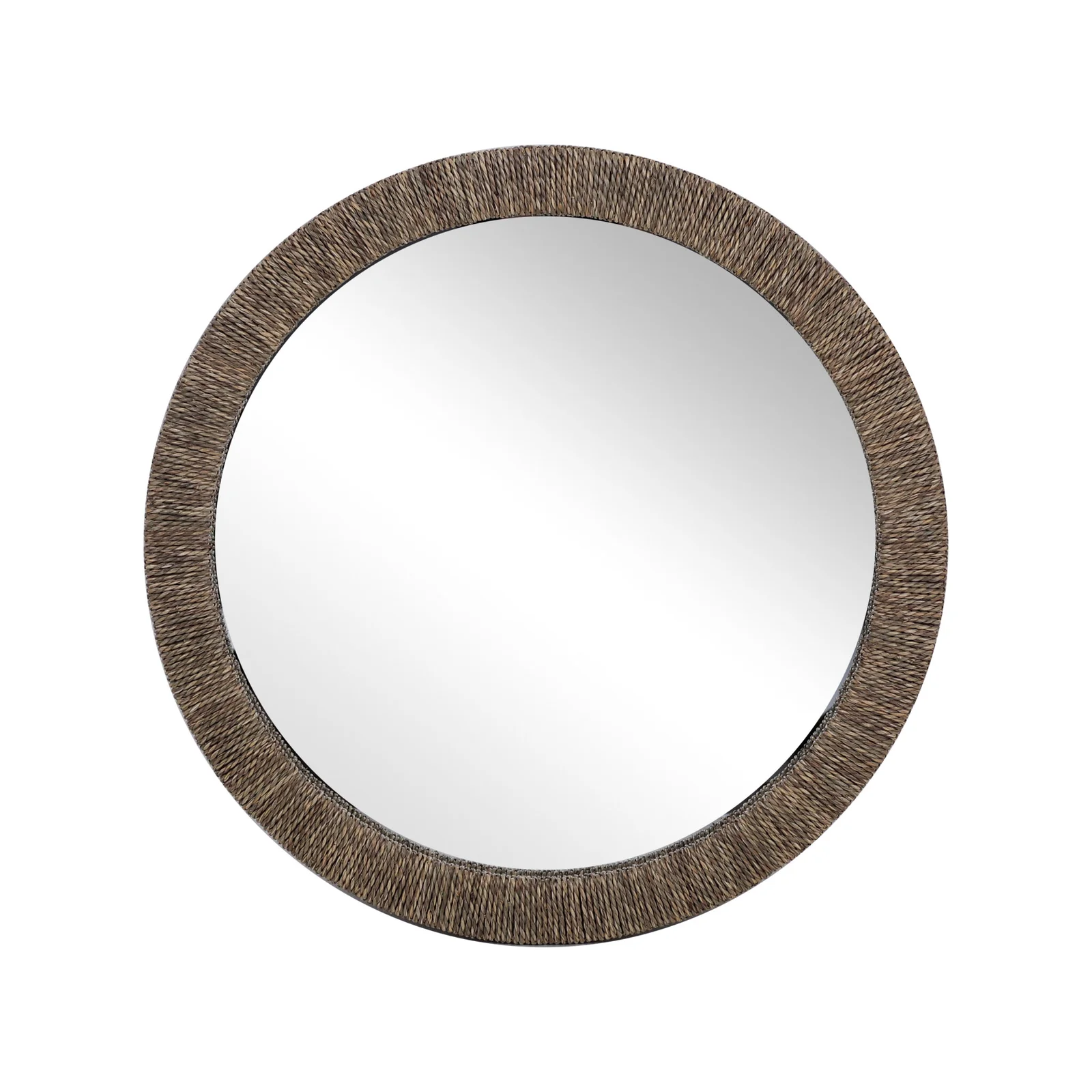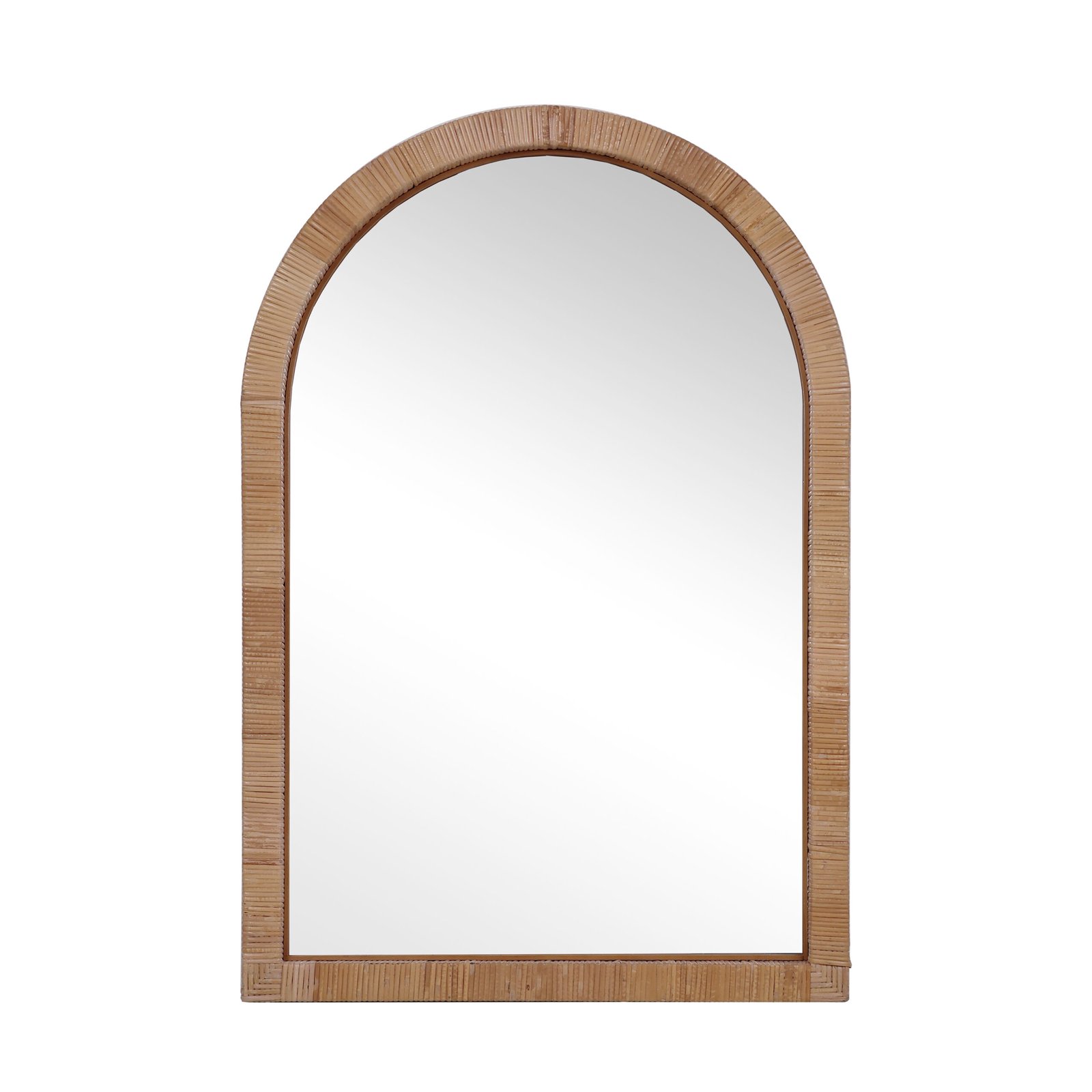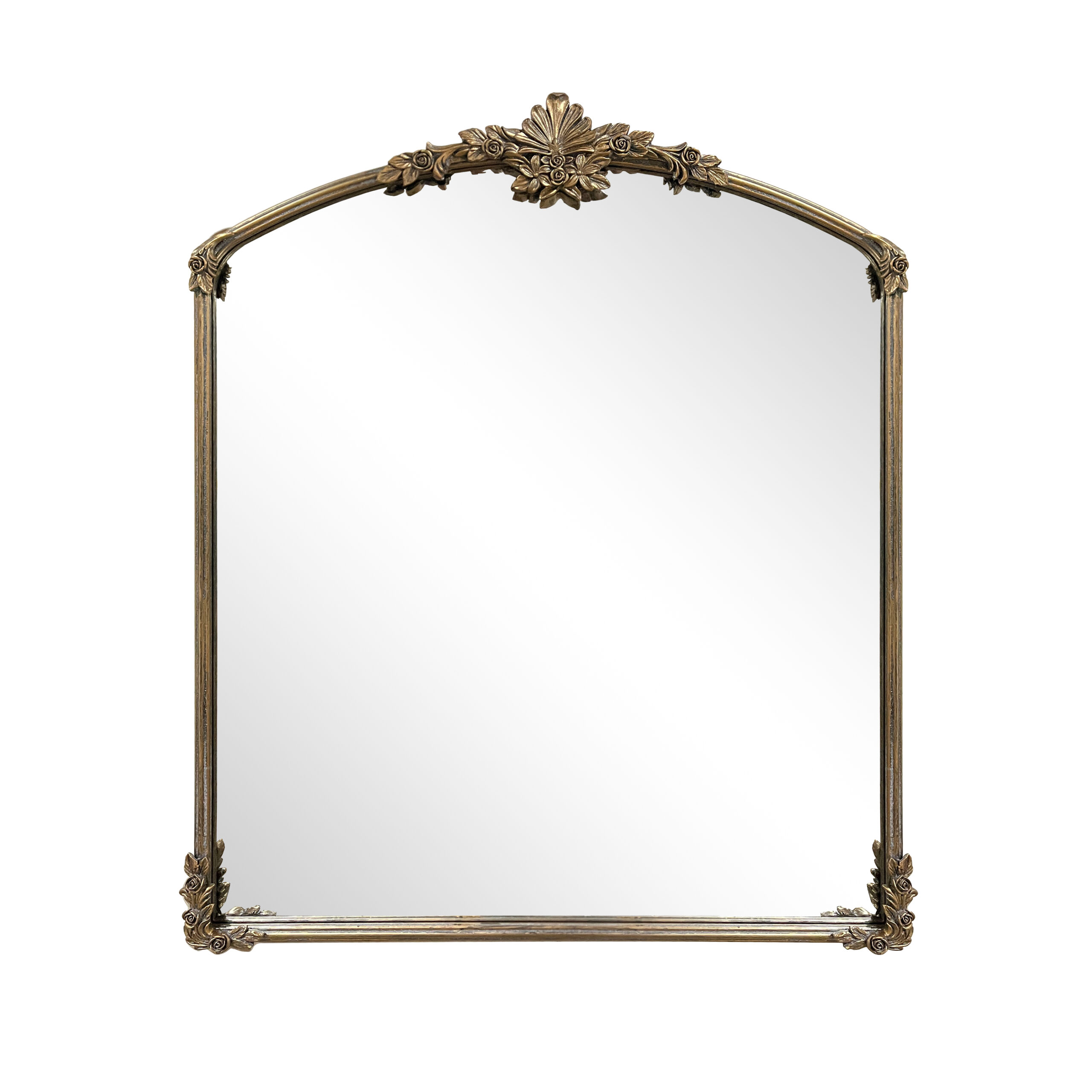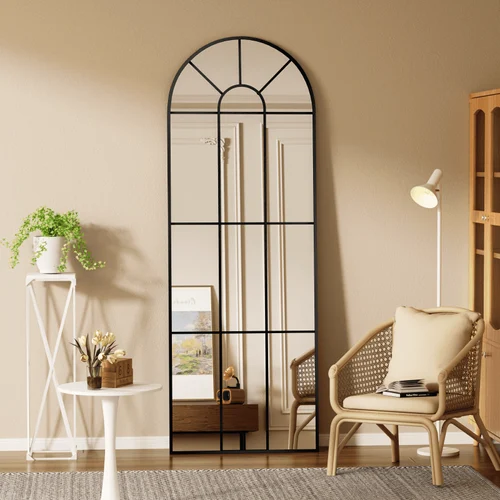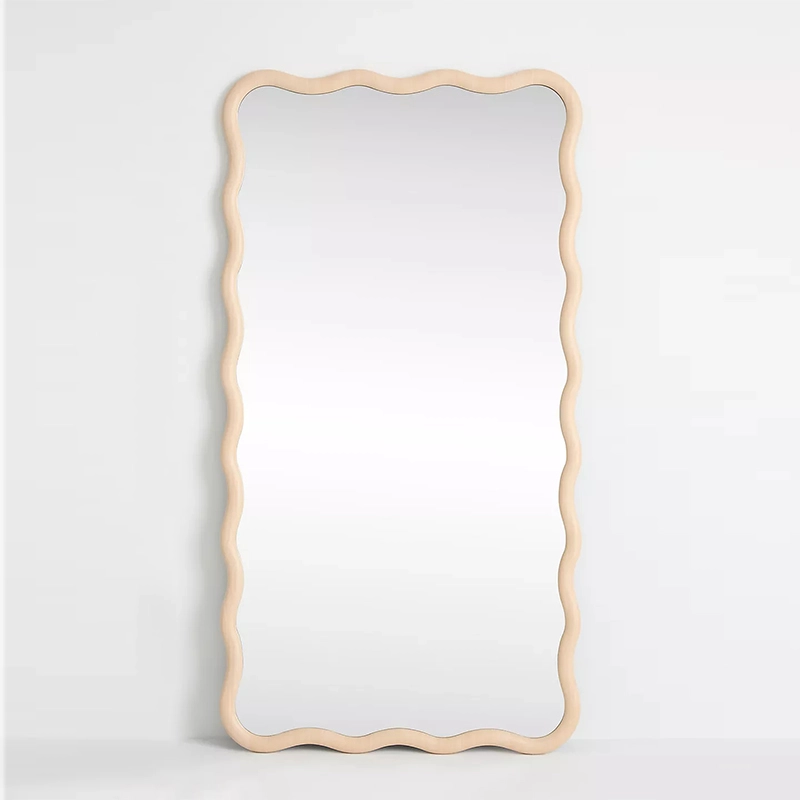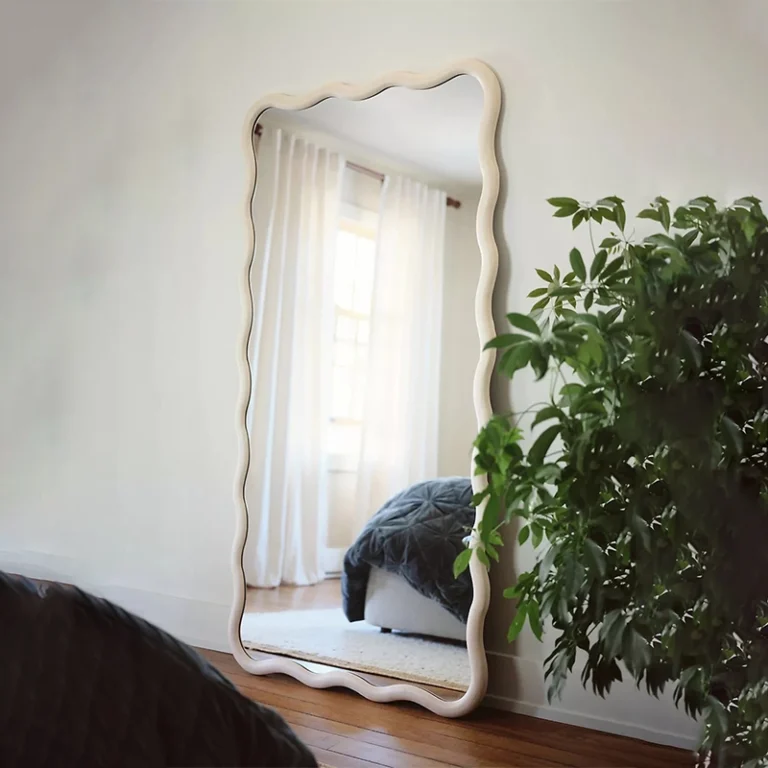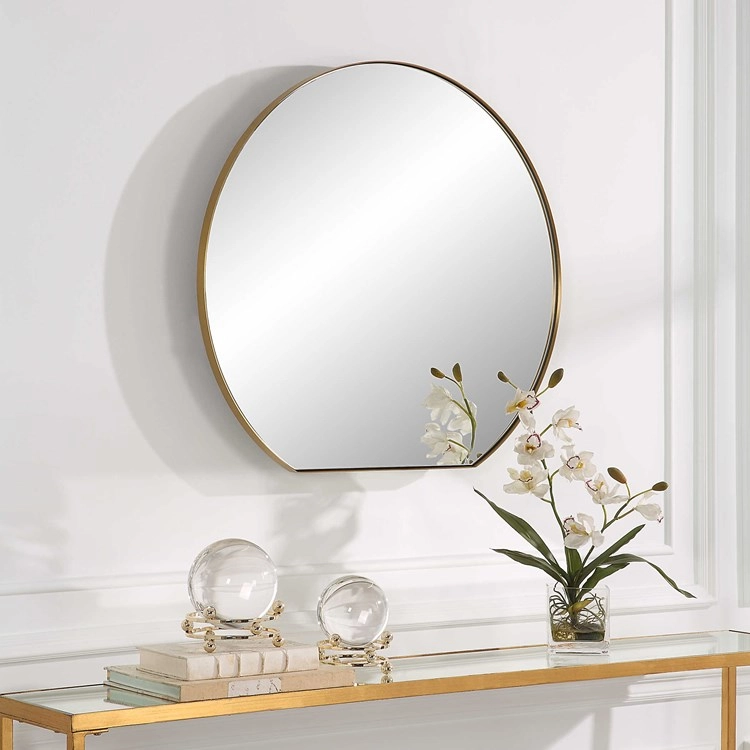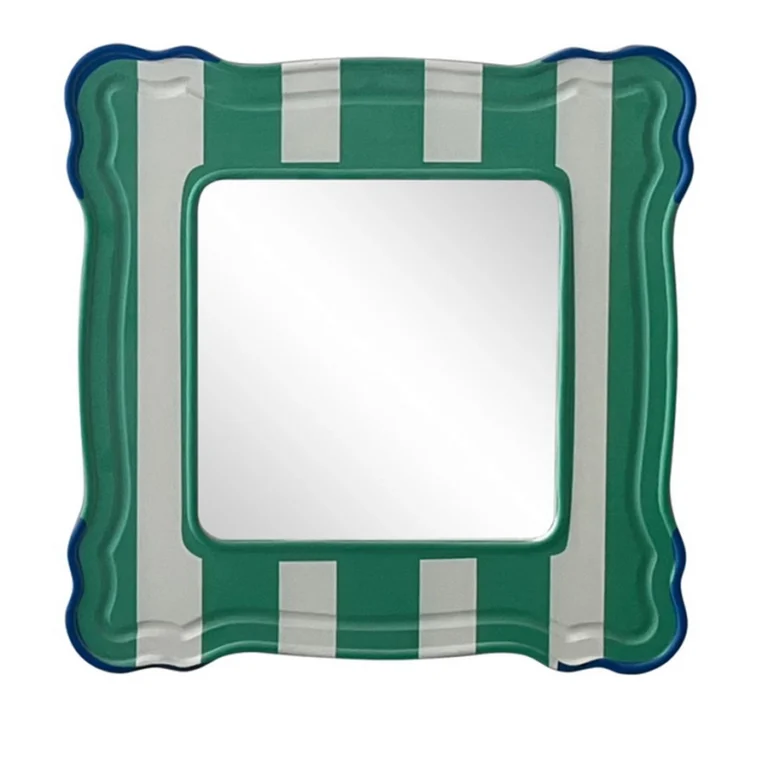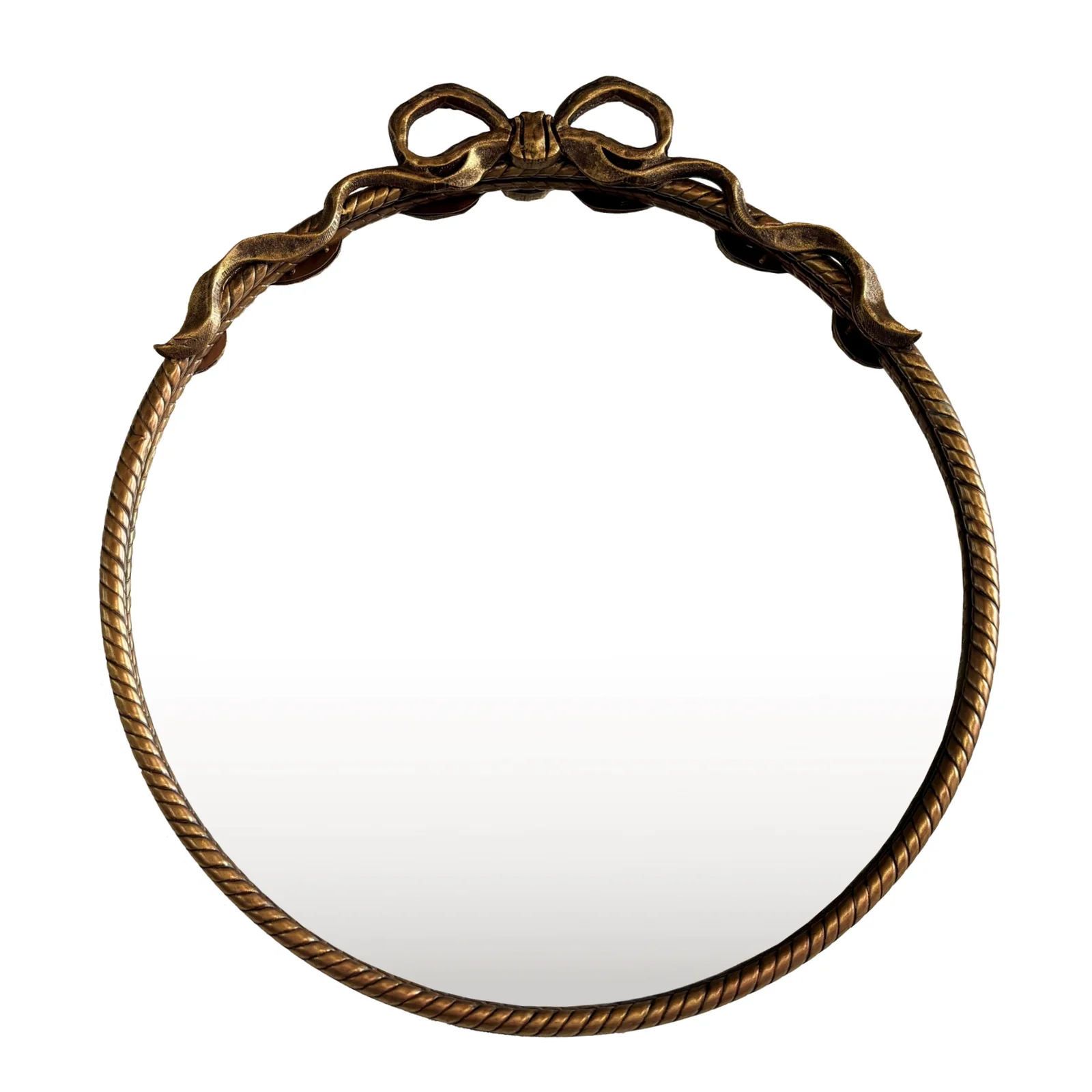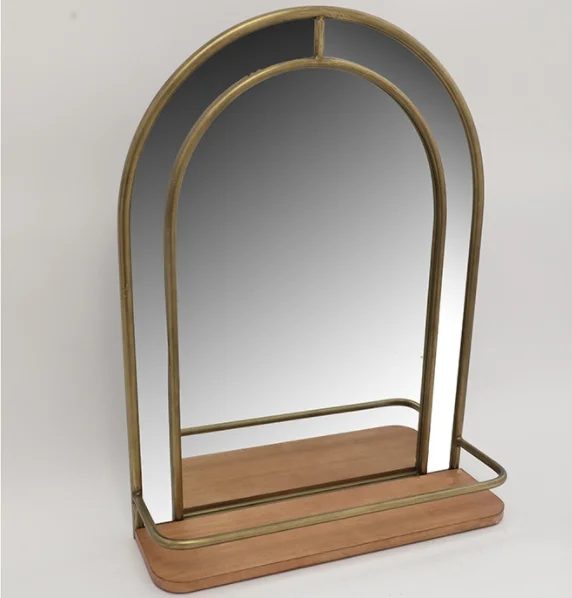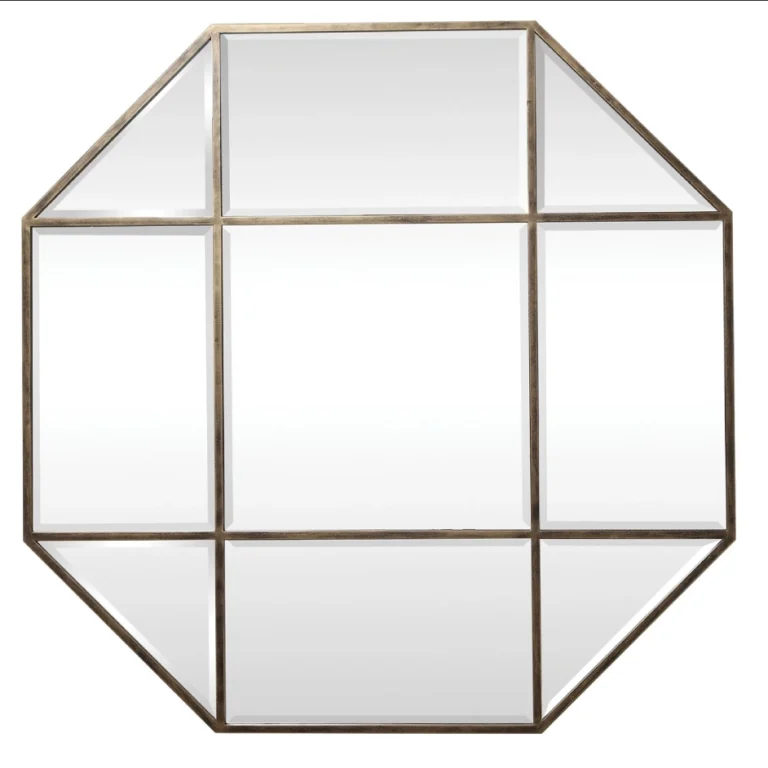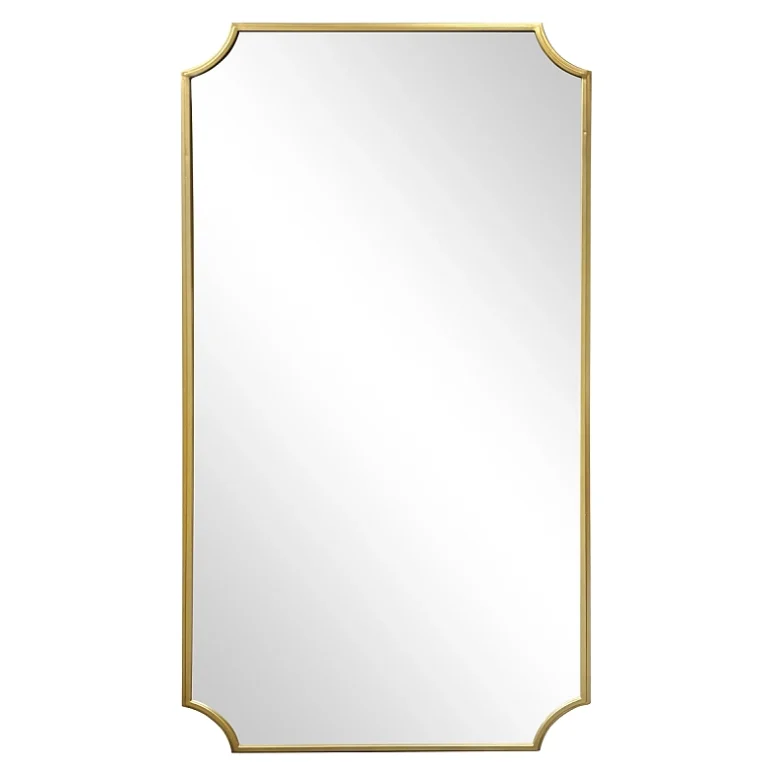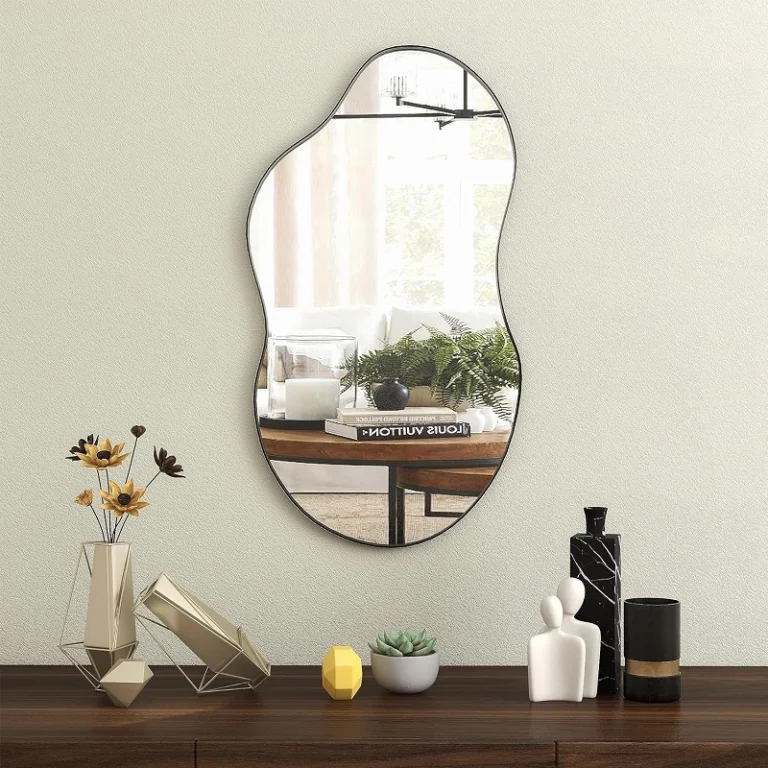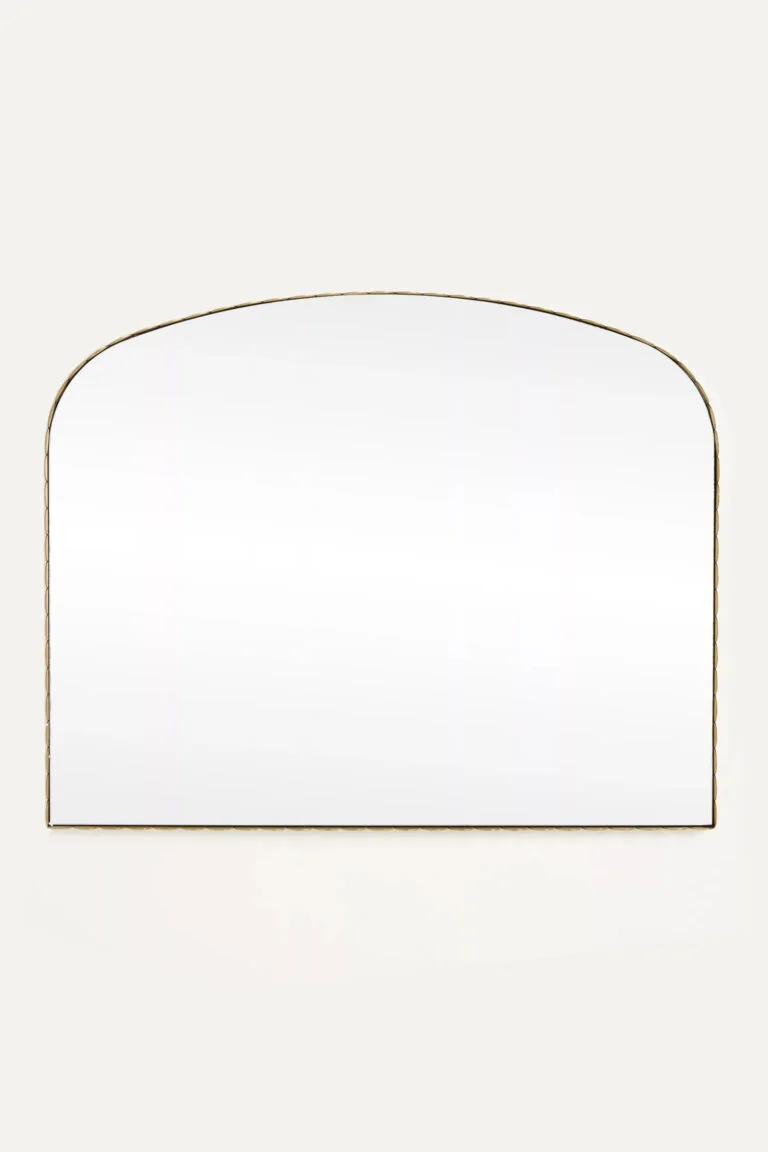Moroccan decorative mirror
Of course! The Moroccan decorative mirror is a stunning piece of art, much more than just a functional object. It’s a centerpiece that embodies the rich history, culture, and craftsmanship of Morocco.
Here’s a comprehensive guide to everything about these beautiful mirrors.
The Hallmarks of a Moroccan Decorative Mirror
Moroccan mirrors are instantly recognizable. They are defined by several key characteristics:
-
The Frame is the Art: The mirror itself is usually a simple, clear piece of glass. The true artistry lies in the extravagant frame, which is a masterpiece of metalwork, woodworking, and design.
-
Intricate Metalwork: The most common style features a frame made of hand-forged iron or brass.
-
Geometric Patterns: Islamic art often avoids figurative imagery, leading to an incredible focus on geometric patterns (Zellij-inspired), intricate filigree, and repetitive motifs.
-
Symbolic Motifs: You’ll often see the “Hand of Fatima” (Khamsa) for protection, pomegranates for fertility, and stars (often the 8-pointed star) representing the divine.
-
-
Vibrant Colors: While natural iron (black, dark grey) and brass (golden, aged bronze) are classic, many mirrors are painted in bold, jewel-toned colors:
-
Cobalt Blue
-
Deep Red
-
Emerald Green
-
Vibrant Orange
-
Majorelle Blue (a famous vibrant blue from Marrakech)
-
-
Materials: Besides metal, frames can be made from:
-
Carved Wood: Often painted or stained, featuring similar geometric patterns.
-
Tadelakt or Plaster: For a more modern, minimalist Moroccan look with soft, curved edges.
-
Inlay: Some high-end pieces feature mother-of-pearl, bone, or semi-precious stone inlays.
-
-
Shape: They are most commonly round or arched (like a keyhole or horseshoe arch), though square and rectangular mirrors with ornate frames are also popular.
Styles and Types
Moroccan mirrors can be categorized into a few distinct styles:
-
Classic Metal Filigree: The most iconic style. Features a wide frame of hand-hammered and pierced metal with complex patterns.
-
The “Sultan” Mirror: Often very large, ornate, and imposing, sometimes featuring multiple arches or a more architectural design, reminiscent of palace gates.
-
Sunburst Mirror: A popular variation where metalwork rays emanate from the central mirror, creating a sun-like effect.
-
Vanity or Boudoir Mirror: A smaller mirror, often with a stand, used on dressing tables. These can be incredibly detailed.
-
Modern Moroccan: Simplifies the traditional patterns, often using a single metal color (like black or brass) on a simpler shape, making it easier to blend with contemporary decor.
How to Incorporate a Moroccan Mirror into Your Decor
The beauty of these mirrors is their versatility. They can be the star of the show or a complementary accent.
-
Create a Focal Point: Hang a large, ornate mirror above a fireplace, sofa, or console table in an entryway. It will instantly draw the eye and become the room’s centerpiece.
-
Boho-Chic & Global Style: Moroccan mirrors are a cornerstone of boho decor. Pair them with macramé, layered textiles, rattan furniture, and plenty of plants for a relaxed, worldly vibe.
-
Add Drama to Minimalist Spaces: A single, stark Moroccan mirror on a plain white or neutral wall creates a stunning contrast. The intricate metalwork stands out beautifully against a simple background.
-
Enhance a Eclectic Mix: Don’t be afraid to mix styles! A Moroccan mirror can add fascinating texture and history when placed next to modern art, industrial furniture, or even in a very traditional room.
-
Reflect Light and Space: Strategically place it opposite a window to reflect natural light and make a room feel larger and brighter. The intricate patterns will cast beautiful shadows and light patterns around the room.
-
Lean It: For a more casual, artistic feel, lean a large floor mirror against a wall instead of hanging it.
Where to Find Authentic Moroccan Mirrors
-
Souks in Morocco: The most authentic (and affordable) source is directly from the souks (markets) in cities like Marrakech, Fes, and Essaouira. Haggling is expected.
-
Specialist Importers: Many online and brick-and-mortar stores specialize in importing authentic Moroccan decor. They often have curations of high-quality pieces.
-
Etsy & eBay: Great platforms to find individual artisans and sellers offering both authentic and inspired pieces. Always check reviews and product details.
-
High-Street Home Stores: Many mainstream home decor brands (like West Elm, Anthropologie) sell “Moroccan-inspired” mirrors. These are often more mass-produced and less unique but can be more accessible.
Price Tip: A true handcrafted mirror will have slight imperfections, variations in the metal, and a sense of weight and substance. These are signs of its authenticity and artisanal value, not flaws.
In summary, a Moroccan decorative mirror is a timeless investment in art and culture. It brings a sense of warmth, history, and unparalleled craftsmanship to any space it inhabits.
Generally speaking, our order requirements are as follows: the minimum order quantity (MOQ) for large items is 50 pieces, for regular items it is 100 pieces, for small items it is 500 pieces, and for very small items (such as ceramic decorations) the MOQ is 1,000 pieces. Orders exceeding $100,000 will receive a 5% discount. The delivery timeline is determined based on the specific order quantity and production schedule. Typically, we are able to complete delivery within two months.
